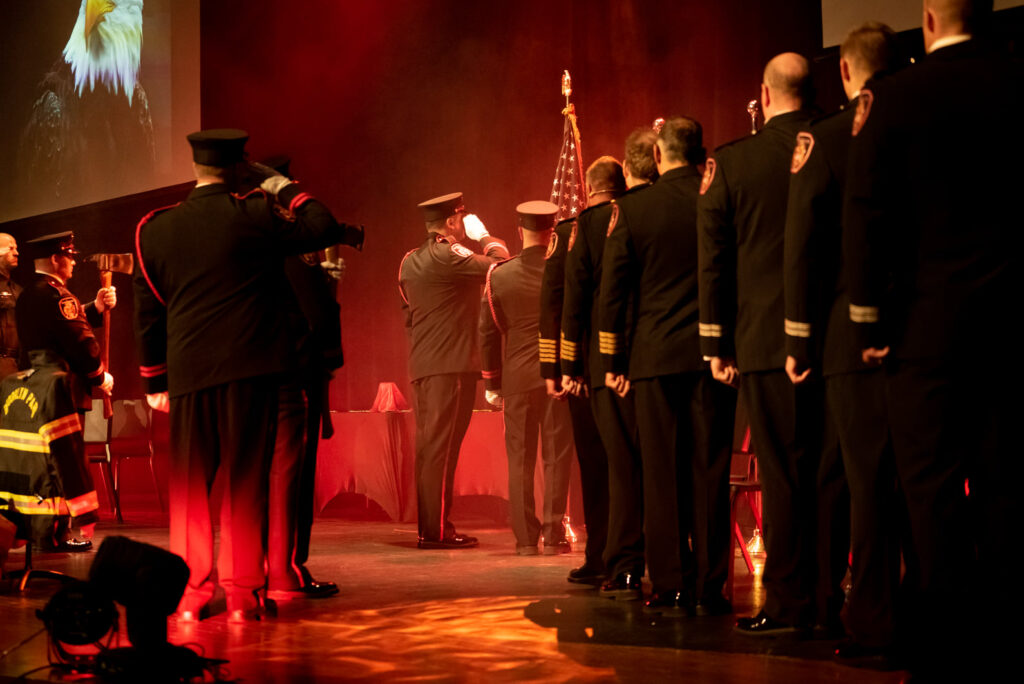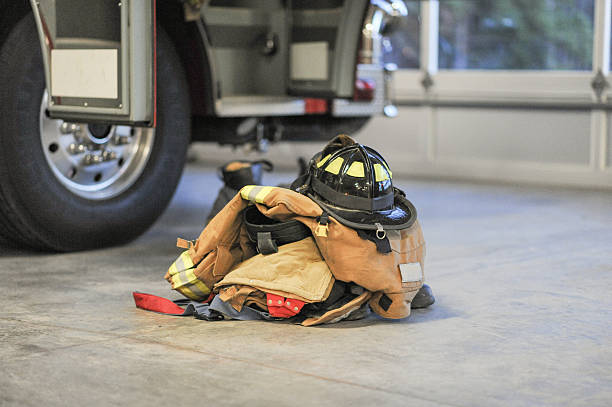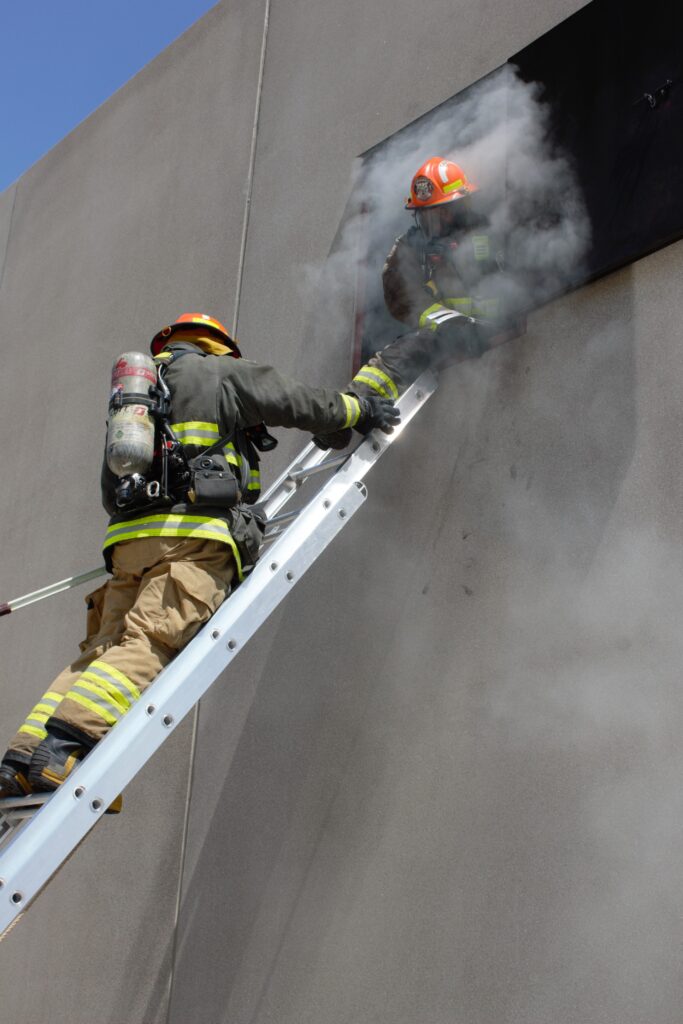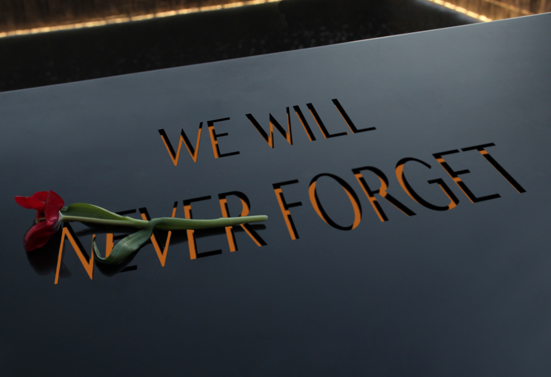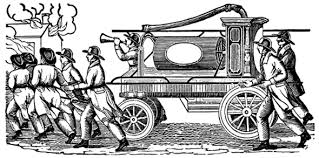Adorned on the walls of most fire stations are photos of past and current members. Whether they are formal portraits with firefighters in their best dress or photos of a department’s members in action serving the community, it is a visual recognition of the incredible commitment and sacrifice that our members make every day.
Displayed on the wall outside our main office entrance are the photos of all Brooklyn Park fire chiefs, dating all the way back to our first chief, Orris Aldrich, who led the department beginning in 1957. I am incredibly honored to be displayed alongside such great leaders who were responsible for laying the foundation of our organization. They – like every member who has served – have left an imprint on our organization and culture.

While my photo is currently the last in the series of chief portraits, I know it is not the last. It is fairly evident that there is space for another photo right below mine. There will undoubtably be another picture – another chief – on that wall. It isn’t a matter of if, but rather of when. Until that time, it is my duty, my sworn oath, to lead this organization and to uphold the values of my badge and the profession.
I am very confident that our next chief is in our existing ranks. As the current chief, it is one of my personal goals to ensure that I create the environment, culture, and opportunities to ensure that this can happen. I want nothing more than to see every member of our organization flourish, and to have career advancement opportunities in the department they care so much about.
I have talked to many fire chiefs that have said something to the effect of, “there isn’t anyone willing or ready to take my job.” This is often coupled with a dwindling membership overall – a struggle that many volunteer organizations face across Minnesota and the country.
Coincidentally, I have talked to many firefighters and line officers throughout my career that are frustrated that their senior chief officers are “retired on-duty;” they are begging for turnover at the highest levels to bring in new ideas, generate fresh growth, and lead the organization in a new direction. Like it or not, most fire chiefs have a shelf-life. Having a pulse on your organization and a keen sense of self-awareness will help determine if that expiration date is approaching, or long passed.
As fire service leaders, it is critical that we develop strategies for succession planning. This is both an informal and formal process. Providing meaningful and impactful training, professional development, and continuing education opportunities is a foundational element to growing future leaders. Invite and encourage your up-and-coming leaders to attend professional conferences, such as the MSFCA conference, FDIC, or Firehouse Expo. While there are certainly meaningful learning and networking opportunities for the fire chief to attend a national conference, it shouldn’t always be just the fire chief going. You’re already the top dog. Afford your staff the opportunities for professional growth and empower them to share knowledge with the rest of the organization.
Succession planning should be rooted into the DNA of your organization. The employees that you hire (volunteer or career) should reflect the core values of your organization. When a member is promoted, there should never be any surprises or questioning as to their alignment with the organization’s values. If this is the case, there is clearly a misalignment either with the organization’s values (real or perceived) or performance management. This, however, should not be confused with peer popularity. The person you hire today may eventually be sitting in the chair you are now. Choose wisely.
Successful succession planning is a process of continuous improvement and effort. It is not something to start when you post your retirement countdown clock on your fridge or begin consulting with your financial advisor on when to pull your relief pension. For the fire chief, this should be occurring on a frequent basis through training, development, coaching, and performance management. If obstacles or roadblocks exist – including concerns about if there is anyone willing or able to step into your role eventually – I would encourage having open and honest discussions with your supervisor.
While I look forward to many great years ahead serving in my current role as a fire chief, I am most excited about watching the personal and professional growth of those I lead. When the day comes that I hand my badge over to my successor, I will rest assured that I left the organization in a better place than when I came.
As I enter my final year and round-out my third (and last) term as President of the MSFCA, I too will be focused on succession planning and helping to lay the foundation for the future. If you are looking to get involved, please reach out to myself, a MSFCA board member, or our office. We need great people like you!
Note: this article appeared in the Fall 2022 issue of the Minnesota State Fire Chiefs Association magazine. For other articles by leading fire service professionals, join the MSFCA today! Magazine memberships are available!
